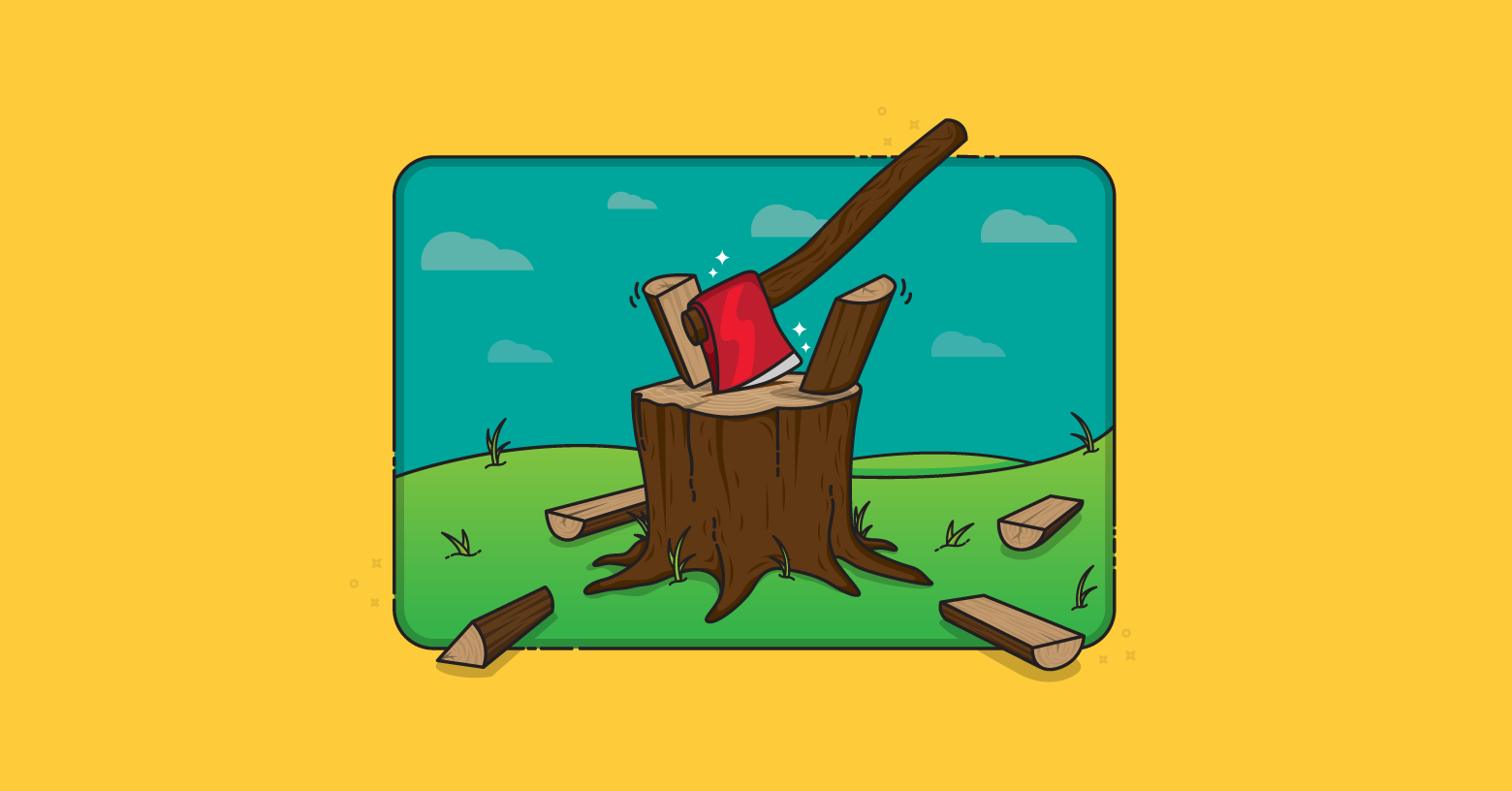The weather turned nice about two weeks ago, which meant it was time for spring cleaning about the Cohn home, affectionately known as the Cohnderosa (which will only mean something if you're old enough to remember "Bonanza"). While washing the windows around the outside of the house I had plenty of time to think about spring cleaning I'd also just helped a couple of clients with--we cleaned up their product backlogs.
In order to clean up the product backlog, I want to introduce you to a new Scrum artifact--the Long-Term Product Backlog. The Long-Term Product Backlog is maintained by the product owner and is usually round, black and sits next to or under the product owner's desk. Left unattended, a product backlog can become large and hard to work with. If your backlog has reached this point, take some time to do some spring cleaning---review the backlog and delete / throw away user stories that you can finally admit you're never going to get to.
Some product owners or teams feel this is an admission of failure. It's not. In most cases it's an admission of success--we're throwing away feature ideas that we once thought important because since writing them down we've discovered even more important features. So celebrate the fact that you've got newer, bigger, better feature ideas and delete the less valuable ones from your product backlog.
If permanently deleting such ideas is too big of a step, perhaps you really do want to introduce a new artifact into your process. Create a spreadsheet and paste the user stories there for safe keeping. Or print a report from your product backlog tool and file the report somewhere safe just in case. In my experience, though, you won't miss them. And just like the bright new view through the windows of the Conderosa, you'll be able to see the rest of your product backlog much more clearly.
Last update: December 10th, 2018









